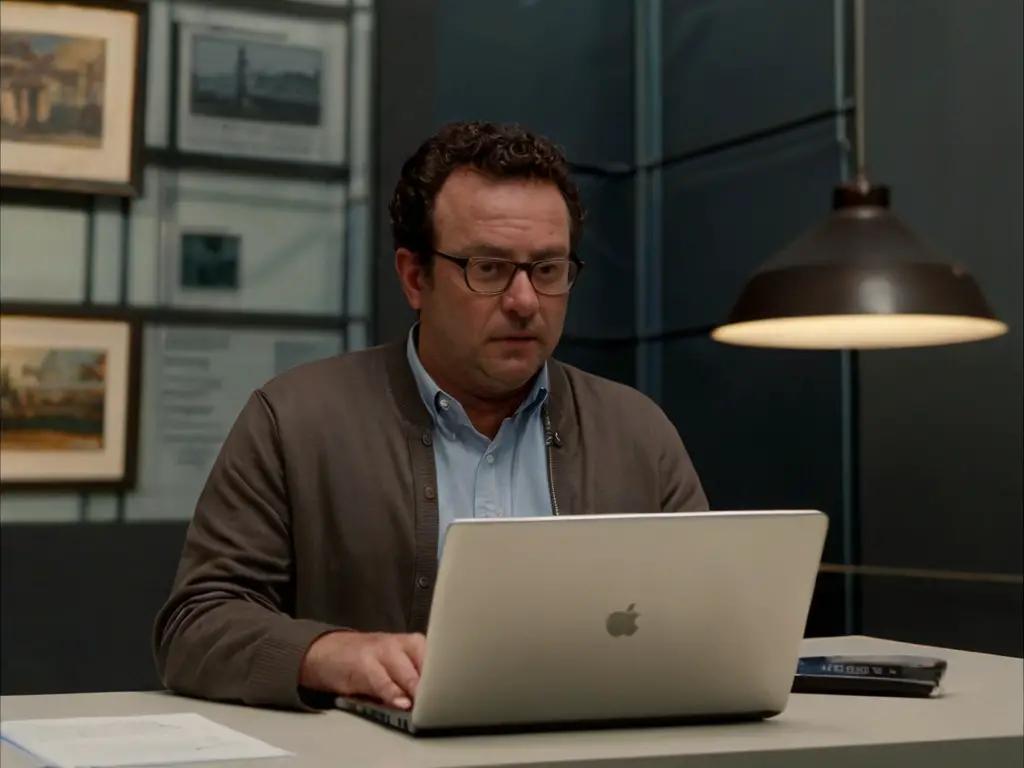
Whether you’re a museum curator, art enthusiast, or simply curious about the intersection of technology and culture, this post is for you.
What is ChatGPT?
Before we dive into the details of enhancing exhibit descriptions, let’s first understand what ChatGPT is. ChatGPT is a state-of-the-art language model developed by OpenAI that is trained on a vast amount of text data from the internet. It’s designed to understand and generate human-like text in response to prompts or questions.
Essentially, it’s like having a conversation with an AI that can provide information, answer queries, and even generate creative content.
The Importance of Exhibit Descriptions
Exhibit descriptions serve as a bridge between the artwork and the viewer, providing valuable context, insights, and interpretation that enhance the overall experience.
Here are several key reasons why exhibit descriptions are essential:
1. Contextual Understanding
Artworks often carry layers of meaning, symbolism, and historical context that may not be immediately apparent to viewers. Exhibit descriptions provide essential background information that helps viewers understand the significance of the artwork within its cultural, historical, and artistic context. This context enriches the viewer’s appreciation and interpretation of the artwork.
2. Interpretive Guidance
Art can be subjective, and different viewers may interpret the same artwork in various ways. Exhibit descriptions offer interpretive guidance by providing insights into the artist’s intentions, techniques, and thematic elements. They help viewers navigate the complexities of the artwork and encourage critical thinking and reflection.
3. Educational Value
Museums and galleries are educational institutions that aim to inform and educate the public about art, history, and culture. Exhibit descriptions serve as educational tools by offering informative content that deepens visitors’ knowledge and understanding of art movements, artistic styles, and historical periods. They facilitate learning and intellectual engagement, making the museum experience enriching and educational for visitors of all ages.
4. Accessibility and Inclusivity
Exhibit descriptions play a crucial role in making art accessible to diverse audiences, including individuals with visual or hearing impairments, language barriers, or limited art knowledge. Descriptive language, audio guides, braille transcripts, and multilingual support ensure that everyone can engage with and appreciate the artwork on display, promoting inclusivity and accessibility within the museum space.
5. Engagement and Interaction
Well-crafted exhibit descriptions have the power to captivate and engage viewers, sparking curiosity and fostering a deeper connection with the artwork. They invite viewers to look closer, ask questions, and engage in meaningful conversations about the artwork’s themes, symbolism, and historical significance. This interactive dialogue between the artwork and the viewer enhances the overall museum experience and encourages active participation.
6. Preservation of Cultural Heritage
Exhibit descriptions also play a role in preserving and documenting cultural heritage for future generations. By providing detailed information about the artwork, artists, and historical context, museums contribute to the documentation and preservation of cultural artifacts and artistic traditions. Exhibit descriptions serve as valuable resources for scholars, researchers, and historians studying art history and cultural heritage.
How ChatGPT Can Help
This is where ChatGPT comes in. By leveraging the power of artificial intelligence, museums and galleries can enhance their exhibit descriptions in several ways:
1. Contextual Information
ChatGPT can provide additional contextual information about the artwork, artist, and historical background. By analyzing vast amounts of text data, ChatGPT can generate detailed descriptions that enrich the visitor experience.
2. Personalized Experiences
With ChatGPT, museums can offer personalized experiences for visitors based on their interests and preferences. By interacting with ChatGPT, visitors can receive tailored recommendations and insights that cater to their specific tastes.
3. Multilingual Support
ChatGPT supports multiple languages, allowing museums to provide exhibit descriptions in various languages to accommodate a diverse audience. This is particularly beneficial for international visitors who may not be fluent in the local language.
4. Accessibility
ChatGPT can improve accessibility for visitors with disabilities by providing alternative formats for exhibit descriptions, such as audio descriptions or braille transcripts. This ensures that everyone can enjoy and engage with the artwork on display.
5. Interactive Experiences
By integrating ChatGPT into interactive exhibits, museums can create engaging and immersive experiences for visitors. ChatGPT can act as a virtual tour guide, offering insights and information as visitors navigate through the exhibition.
Case Study: The Metropolitan Museum of Art
To illustrate the practical application of ChatGPT in enhancing exhibit descriptions, let’s take a look at a case study involving The Metropolitan Museum of Art in New York City.
Background
The Metropolitan Museum of Art is one of the largest and most prestigious art museums in the world, housing a vast collection of artworks spanning thousands of years and multiple cultures.
Implementation
The museum partnered with OpenAI to integrate ChatGPT into its exhibit descriptions. Visitors were given the option to interact with ChatGPT via a mobile app or kiosk located throughout the museum.
Results
The implementation of ChatGPT received overwhelmingly positive feedback from visitors. They appreciated the additional insights and context provided by ChatGPT, enhancing their overall museum experience.
Conclusion
In conclusion, ChatGPT has the potential to revolutionize the way we experience and understand art in museums and galleries. By leveraging the power of artificial intelligence, museums can enhance exhibit descriptions, provide personalized experiences, improve accessibility, and create interactive experiences that engage visitors in new and exciting ways.
As technology continues to evolve, ChatGPT represents an exciting opportunity for museums and galleries to embrace innovation and enhance the visitor experience.
So next time you’re exploring a museum or gallery, keep an eye out for ChatGPT and see how it’s transforming the way we engage with art and culture.




